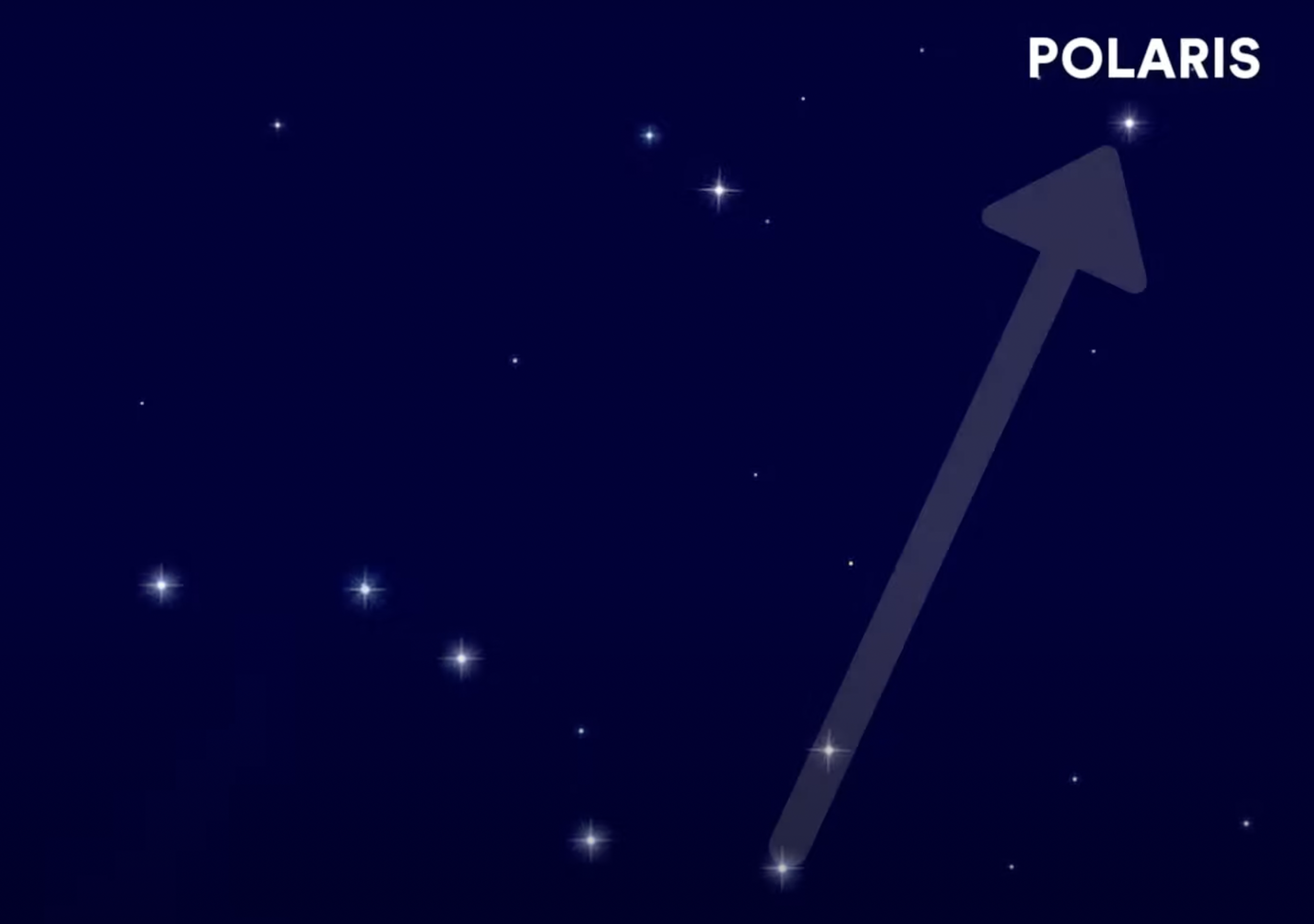Space
Mass and Size are not linearly related
You might think that for stars, mass and size are linearly related. However, this is not the case.
- The most massive star has 315 solar masses, yet it's only 30x bigger than the sun.
- On the other hand, Gacrux is only 30% more massive than the sun, it is 84x the sun's radius
Beliefs of the ancients
Some Romans, following a belief possibly originating in Mesopotamia but developed in Hellenistic Egypt, believed that the seven gods after whom the planets were named took hourly shifts in looking after affairs on Earth. The order of shifts went Saturn, Jupiter, Mars, Sun, Venus, Mercury, Moon (from the farthest to the closest planet). Therefore, the first day was started by Saturn (1st hour), second day by Sun (25th hour), followed by Moon (49th hour), Mars, Mercury, Jupiter and Venus. Because each day was named by the god that started it, this is also the order of the days of the week
Random
The Moon does not rotate.
If a giant were to pluck the sun from the sky, we wouldn’t notice anything on earth for 8 minutes. The brightness would remain unchanged, and so would the gravity. After 500 seconds, there would suddenly be darkness and we would be thrown out of orbit.
each planet is about twice as far from the sun as the previous planet
Earth, as a cosmic object, is remarkably smooth. If you had a super-duper, jumbo-gigantic finger, and you dragged it across Earth’s surface (oceans and all), Earth would feel as smooth as a cue ball.
85% of stars are part of a binary (or more) star system
Average distance between stars in Milky Way is 5 light years
Stars are incredibly bright for their size. If the sun were the size of a pea, it would shine brighter than an arc welder.
If the sun were the size of a pea, Betelgeuse would be the size of a car.
From Earth, with the naked eye we're only able to see about 1% of stars in the Milky Way
In the center of the Milky Way, stars are only mere light-weeks away from one another (somewhere between 0.04-0.4 light years)
- the night sky from one of these solar systems would be about 1 million times denser than what we experience on Earth.
Grandiosity of the universe
Most estimates place the number of stars in the universe between and .
Around one in five Sun-like stars is thought to have an Earth-sized planet in its habitable zone (2013).
There are more stars in the universe than grains of sand on any beach, more stars than seconds have passed since Earth formed (), more stars than words and sounds ever uttered by all the humans who ever lived.
Polaris (North Star)
Earth's north pole faces directly toward Polaris.
- "it can tell us about where we are right now, and about where we want to go."
To find Polaris, follow the right 2 stars of the Big Dipper. They point toward Polaris.

For any point between the Equator and the North Pole, latitude is obtained simply by measuring the altitude of Polaris (ie. North Sar) above the horizon.
- ex. at 30°N the star is 30° above the horizon, at 63°N, it is 63° above the horizon, and so on
- ex. if Polaris is 30° above the horizon, then our latitude is 30°N.
Polaris is a triple star system.
Backlinks